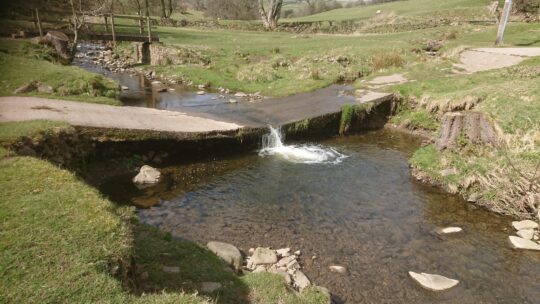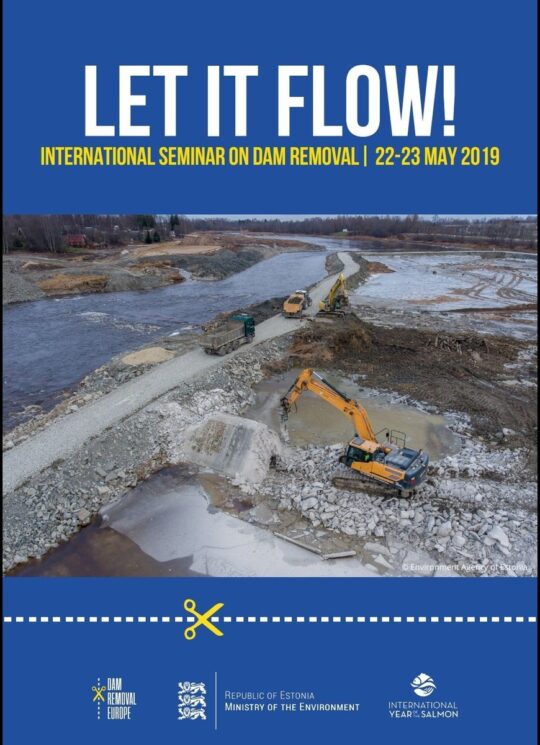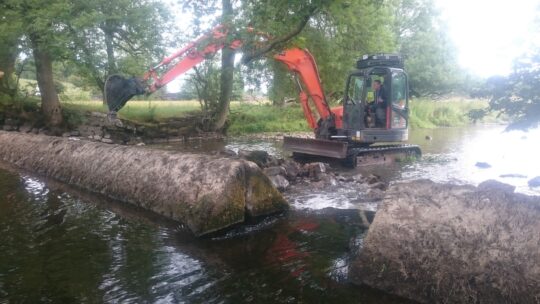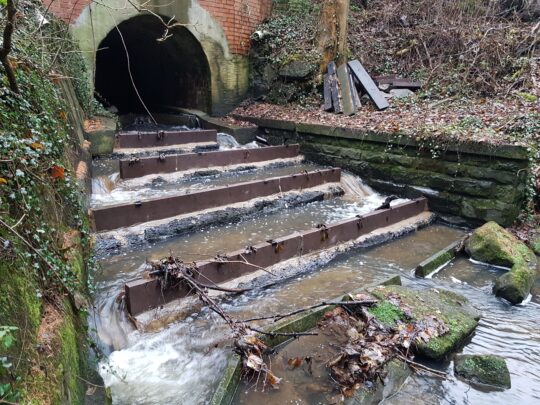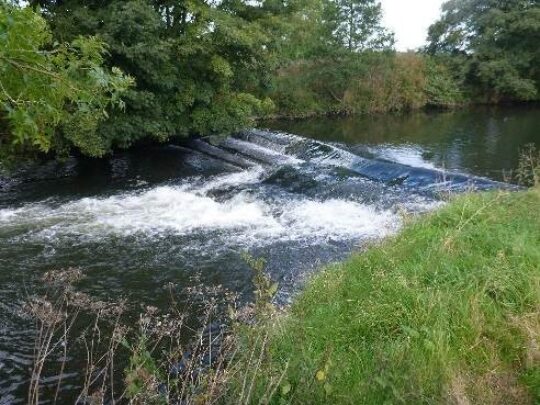Anyone who knows anything about fish in the UK will surely know Dr Martyn Lucas, the head of the Aquatic Animal Ecology Research Group within the School of Biological and Biomedical Sciences at Durham University. He’s an absolute legend and all round good bloke with whom I have done some research in the past. From amongst the many projects he is involved with, his group has published two papers this year revolving around fish passage issues. The first was led by Mike Forty (supported by the Catchment Restoration Fund, CRF) who wrote a layman’s version for us in Salmo and whom I have written about before on the WTT blog pages. Below is a quick summary by Martyn, reproduced with his permission, regarding the second output which included brown trout and bullhead as the study species.
Jeroen Tummer’s paper concerns longitudinal connectivity restoration for stream fish communities, particularly in terms of the use of ‘nature-like’ passage solutions and obstacle removal, and the utility of a more holistic approach for evaluating outcomes. One of the key findings of our study is that quantitative fish surveys don't do a very good job in telling us whether connectivity restoration work for stream fishes has worked or not in the short term! There are much better ways of doing this as illustrated in the paper. However, they do provide valuable, contextual evidence about changes in the fish community towards or away from the restoration objectives, including those in the longer term (so long as standardised monitoring at a regular frequency is continued).
